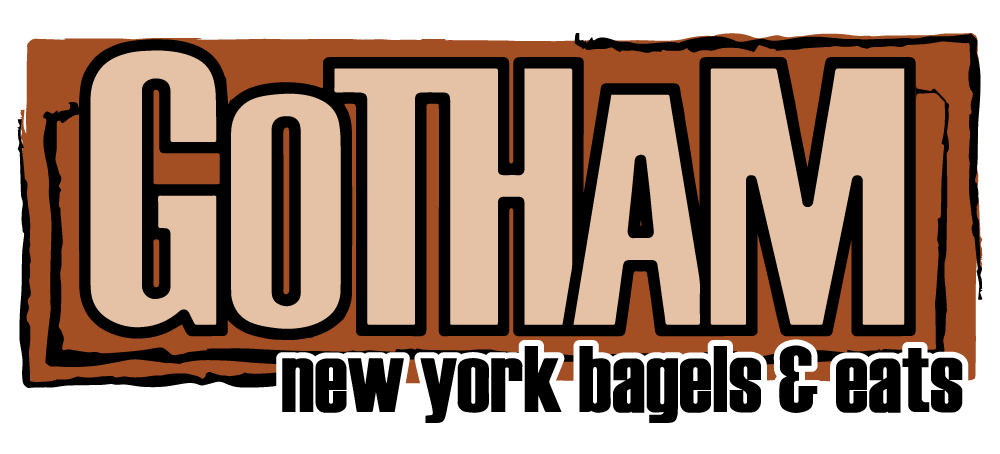What is a Whole Wheat Bagel?
When you hear “whole wheat,” what do you think of? Something hearty, nutty, and beautifully brown? Or perhaps you think of healthier options… or maybe even the dreaded bird seed bread comes to mind. If it’s the latter, time to knock down your preconceived notions. Whole wheat is a delight, especially when it comes to bagels.
What is whole wheat?
Whole wheat generally refers to flour that is milled with the inclusion of the outer shell of the grain—called the bran—and the inner seed (AKA the germ). By contrast, “white” refined flour only consists of the starchy endosperm. The grain in question can be many different things, such as a cereal (like wheat, rice, barley, rye, oats, and corn) or a minor/psuedo cereal (millet, sorghum, teff, wild rice, amaranth, buckwheat, and quinoa for example). To qualify as “whole wheat,” American bread products only need to have whole grain in the ingredients list—there’s no minimum amount. That being said, whole wheat can actually mean a lot of things.
What are the different parts of a grain? (Source: Whole Grains Council)
A little history
Historically, your everyday guy ate whole grains. The crops in the field grew that way naturally, after all! Refined white flour rose to popularity relatively recently because of a few factors. First of all, it is lighter, easier to digest, and has a more neutral taste. Because it cost more to produce, white flour was also associated with luxury. In the late 1800’s, it became fashionable and cheaper and cheaper to produce. The fact that it lasted longer on the shelves—without the bran and germ there’s no oil that can spoil—also helped white flour replace whole grain flours.
Whole wheat grains (Source: Healthline)
Why eat whole wheat?
You probably haven’t escaped the whole wheat marketing campaign. We see it everywhere touted as the healthy choice. More likely than not, your mom even tried to sneak it into your lunch sandwiches. But there’s a (whole) grain of truth behind the hype. They’re a source of fiber, vitamins, and provide a lower glycemic load than refined white grains. That last bit is important: it’s a measure of the amount of carbs in your food and how fast they enter your bloodstream. Less carbs at a slower rate is much healthier for us. All of these things made their way into the 2021 Dietary Guidelines for Americans, which states that 50% of all the grain you eat should be whole grain.
What does a whole wheat bagel taste like?
Whole wheat flour gives baked goods a nuttier, more complex flavor. We’re not saying that plain bagels are boring, but for those of us who enjoy something a little extra, whole wheat is a great choice. It forms a good base for virtually any topping, with a flavor that is less striking than the rye or pumpernickel bagels that many bagel shops sell. If you’re in the Midwest, try one at Gotham Bagels—our honey whole wheat is soft, subtly sweet, and comes topped with oats or everything spice. Delicious!




